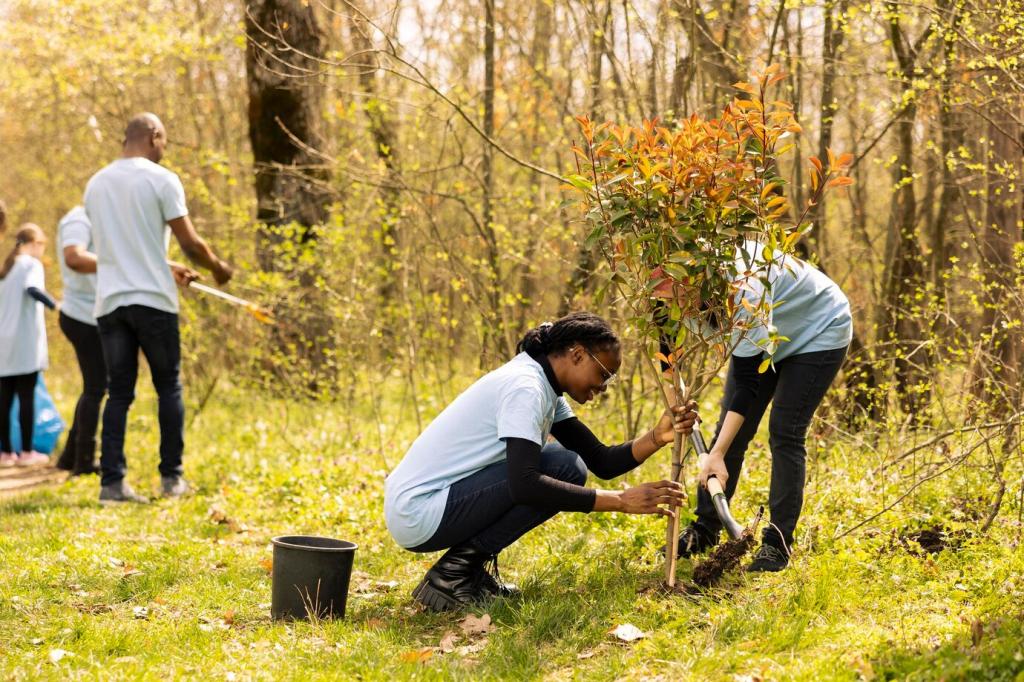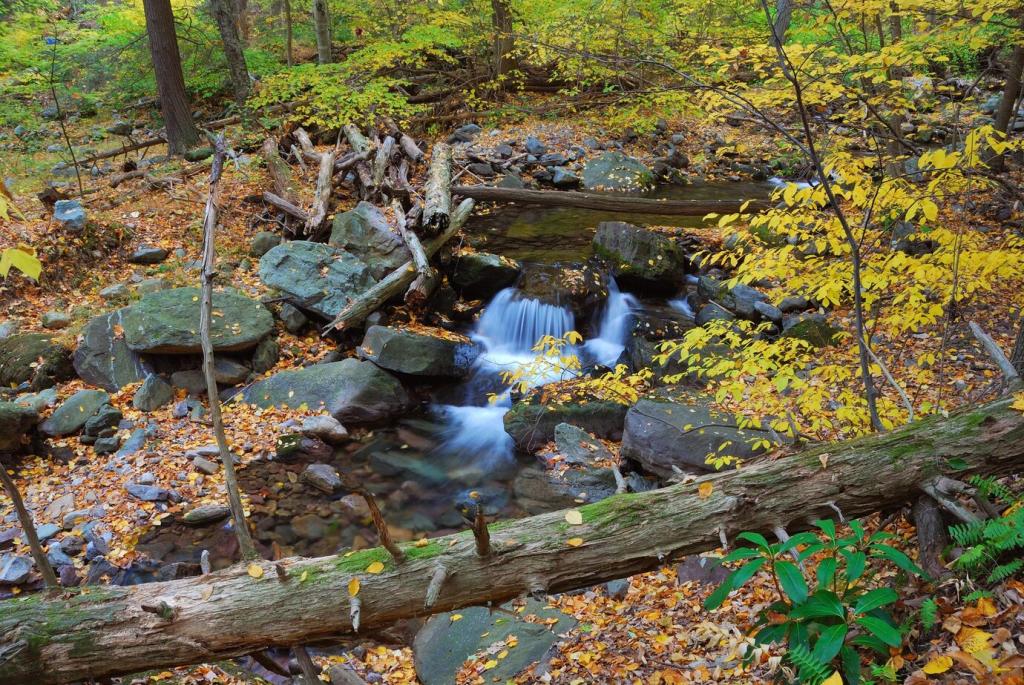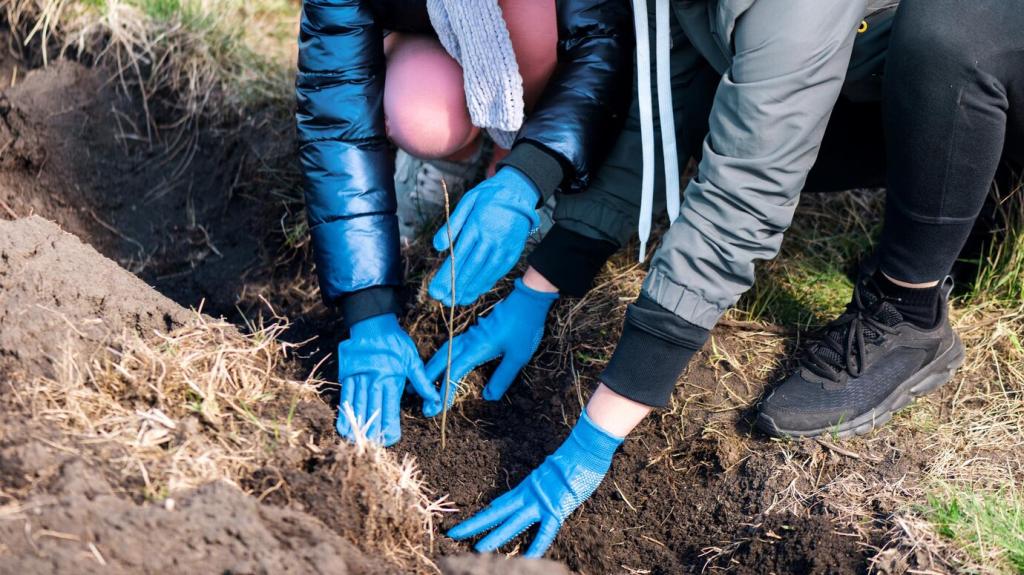
Tiny Forests, Big Resilience: How Urban Microforests Contribute to Climate Resilience
Chosen theme: How Urban Microforests Contribute to Climate Resilience. Step into pocket-sized woodlands that cool streets, drink storms, shelter wildlife, and unite neighbors. From alleys to schoolyards, discover how dense, native plantings turn vulnerable blocks into living climate shields—and how you can help plant the next one.
Cooling Cities: The Heat-Resilience Power of Microforests
Beating the Urban Heat Island
By clustering native trees and shrubs densely, microforests create deep shade and humid microclimates that reduce surface temperatures and ease heat stress. Studies have reported localized cooling of several degrees, especially around midday, while residents describe palpable comfort on sidewalks bordering these living oases. Share your heat maps and we’ll highlight promising planting spots.
Layered Canopies, Faster Benefits
A layered approach—tall trees, understory trees, shrubs, and groundcovers—helps microforests establish quickly and close their canopy faster than conventional plantings. Methods inspired by Miyawaki often deliver rapid growth and dense foliage, accelerating cooling benefits within a few seasons. Have you experienced a newly planted microforest? Tell us how the microclimate felt after year two.
Equity in Shade
Heat risk is not evenly distributed; historically underserved neighborhoods often lack trees and suffer higher temperatures. Placing microforests where shade is scarcest boosts resilience for those most exposed to heat waves. Nominate a site on your block, invite neighbors to co-design, and help us build equitable shade networks that protect everyone.
From Flood to Sponge: Stormwater Resilience
Living Soil as Infrastructure
Microforests improve infiltration by deepening roots, adding organic matter, and keeping soils covered with mulch. Even small sites can detain meaningful volumes during intense bursts, reducing street ponding and stress on storm drains. If your alley floods, map the flow lines and we’ll help sketch a pocket forest that doubles as neighborhood rain management.
Interception and Evapotranspiration
Leaves intercept rainfall, stems slow droplets, and roots wick moisture back to the air, collectively flattening peak flows. Over time, litter and root channels enhance soil structure, letting downpours sink in rather than sheet off. Share your local rainfall data, and we’ll compare interception potential across different native species mixes for your climate.
A Rainy-Day Story
After a cloudburst in a schoolyard where a 200-square-meter microforest had matured for three years, staff reported less pooling and faster drying along the adjacent sidewalk. Informal gauges showed lower runoff than before planting, and parents noticed fewer slippery patches. Got a similar story? Send photos and numbers—we love field data from citizen scientists.
Biodiversity that Bounces Back
Native Plants, Native Partners
Selecting regionally native species supports local pollinators whose lifecycles match seasonal blooms and leaf-out timing. Plant guilds that pair trees with nectar shrubs and host plants extend food availability through heat waves and droughts. Tell us your favorite native trio, and we’ll feature successful combinations readers can replicate this planting season.
Predators, Pests, and Balance
As microforests mature, dragonflies, lady beetles, and songbirds help keep pests in check, reducing reliance on chemicals that can harm urban ecosystems. This natural balance enhances resilience, ensuring trees rebound after stress events. Share your observations of predator-prey moments—your notes help us build a richer picture of urban ecological recovery.
Science You Can Do
Track bloom times, log butterfly visits, and record bird calls with simple apps to monitor microforest health through seasons. Your data reveals how these tiny ecosystems respond to heat spikes and storms, guiding better designs. Subscribe for downloadable field sheets and join our monthly virtual BioBlitz to compare results across cities.


Planting Days that Build Trust
When dozens of hands plant hundreds of seedlings in a morning, strangers become stewards, and skepticism turns into shared pride. These rituals create durable social ties that matter during emergencies. Host a block planting and tell us how it shifted conversations about heat, water, and care on your street.
Youth Leadership
Schools adopting microforests weave climate literacy into real soil. Students measure shade, track insects, and experience recovery after storms firsthand, easing climate anxiety with agency. Invite your class to guest-post results; we’ll amplify youth voices and build a library of student-tested microforest lessons anyone can adapt.
Stewardship that Lasts
Resilience grows with routines: mulching before heat waves, deep watering during drought, and seasonal pruning for structure. Some groups add low-cost sensors to track moisture and temperature, turning care into community science. Subscribe for stewardship calendars and tell us which tasks your crew finds most motivating.
Find a Site and Permission
Look for underused corners near heat or flood hotspots: school edges, parking setbacks, or wide verges. Check utilities, sunlight, and drainage. Then coordinate permits with city agencies or landowners. Tell us your candidate site and we’ll help troubleshoot constraints before you hold a community walk-through.
Design the Layers
Choose a native canopy species, pair with understory trees, then add shrubs, herbs, and groundcovers to knit the soil. Diversity spreads risk across climate stressors. Mulch thickly, plant densely, and water deeply the first two summers. Post your draft palette and we’ll crowdsource additions from readers in similar climates.
Funding, Partnerships, Momentum
Blend small grants, local business sponsorships, and neighbor contributions to cover plants, mulch, and tools. Partner with schools, clinics, or cultural groups for long-term care. Share your story after the first storm and heat wave; those results inspire others—and we may feature your microforest in an upcoming issue.
